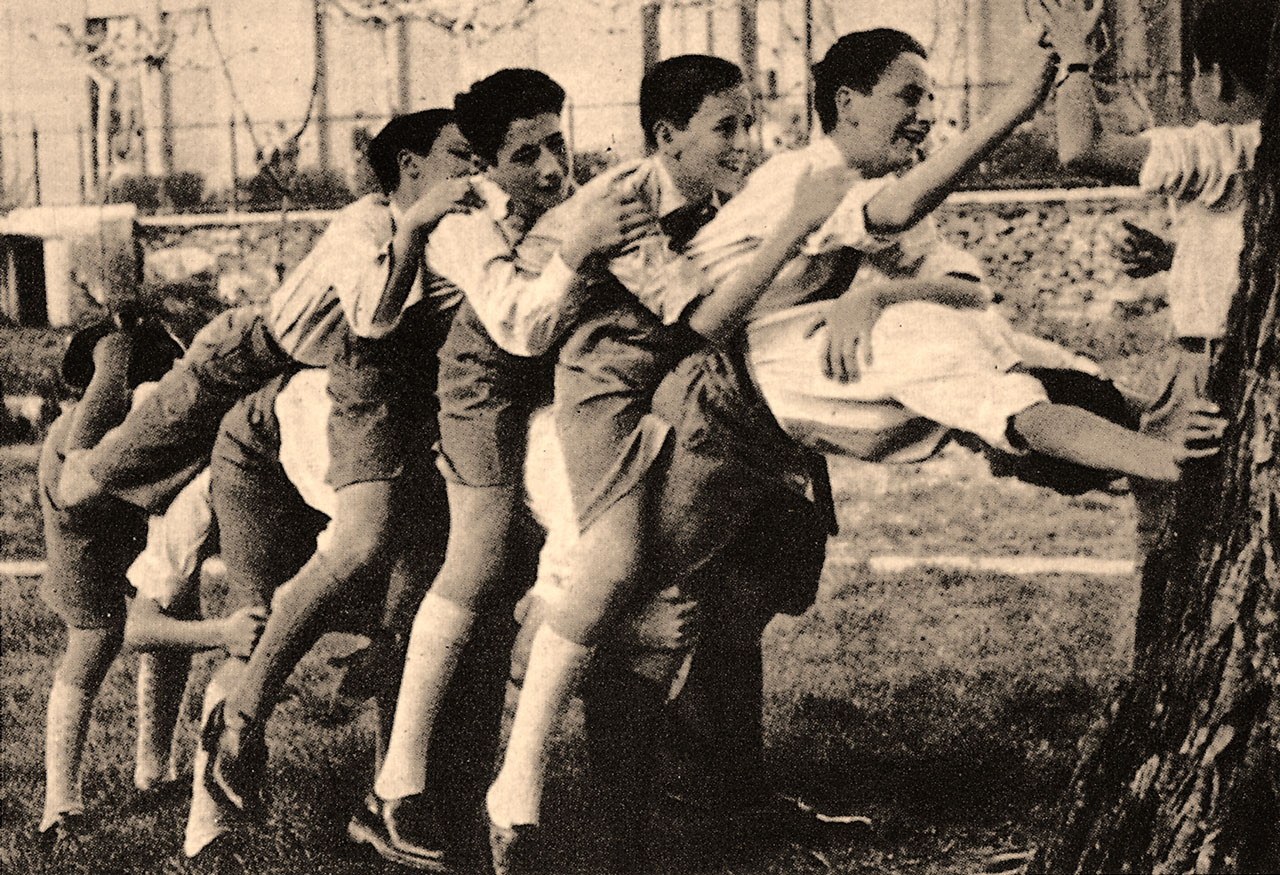Diferencia entre revisiones de «Juegos infantiles en vasconia/en»
De Atlas Etnográfico de Vasconia
| Línea 6: | Línea 6: | ||
==[landing]== | ==[landing]== | ||
| − | ===[juegos|Children’s Games in the Basque Country|/atlas/juegos.png| | + | ===[juegos|Children’s Games in the Basque Country|/atlas/juegos.png|On traditional games, the world of children and their ability to emulate adult behaviour.]=== |
====[Juegos_infantiles_en_vasconia | Children’s Games in the Basque Country]==== | ====[Juegos_infantiles_en_vasconia | Children’s Games in the Basque Country]==== | ||
====[/atlas/juegos/Columpiandose.jpg|On a swing. Source: Arrien, Gregorio. Niños vascos evacuados en 1937. Bilbao, 1988.|Sirrin-sarran, <br />domini pan, <br />zure semea errotan, <br />errota txiki, <br />errota handi, <br />eragin deutso, <br />pin-pan.<br /><br />''Children’s chant''|]==== | ====[/atlas/juegos/Columpiandose.jpg|On a swing. Source: Arrien, Gregorio. Niños vascos evacuados en 1937. Bilbao, 1988.|Sirrin-sarran, <br />domini pan, <br />zure semea errotan, <br />errota txiki, <br />errota handi, <br />eragin deutso, <br />pin-pan.<br /><br />''Children’s chant''|]==== | ||
Revisión del 16:35 20 ene 2020

Children’s Games in the Basque Country
On traditional games, the world of children and their ability to emulate adult behaviour.
Vegetal clothing and accessories. Egozkue (N), 1967. Source: José Zufiaurre, Etniker Euskalerria Groups.


